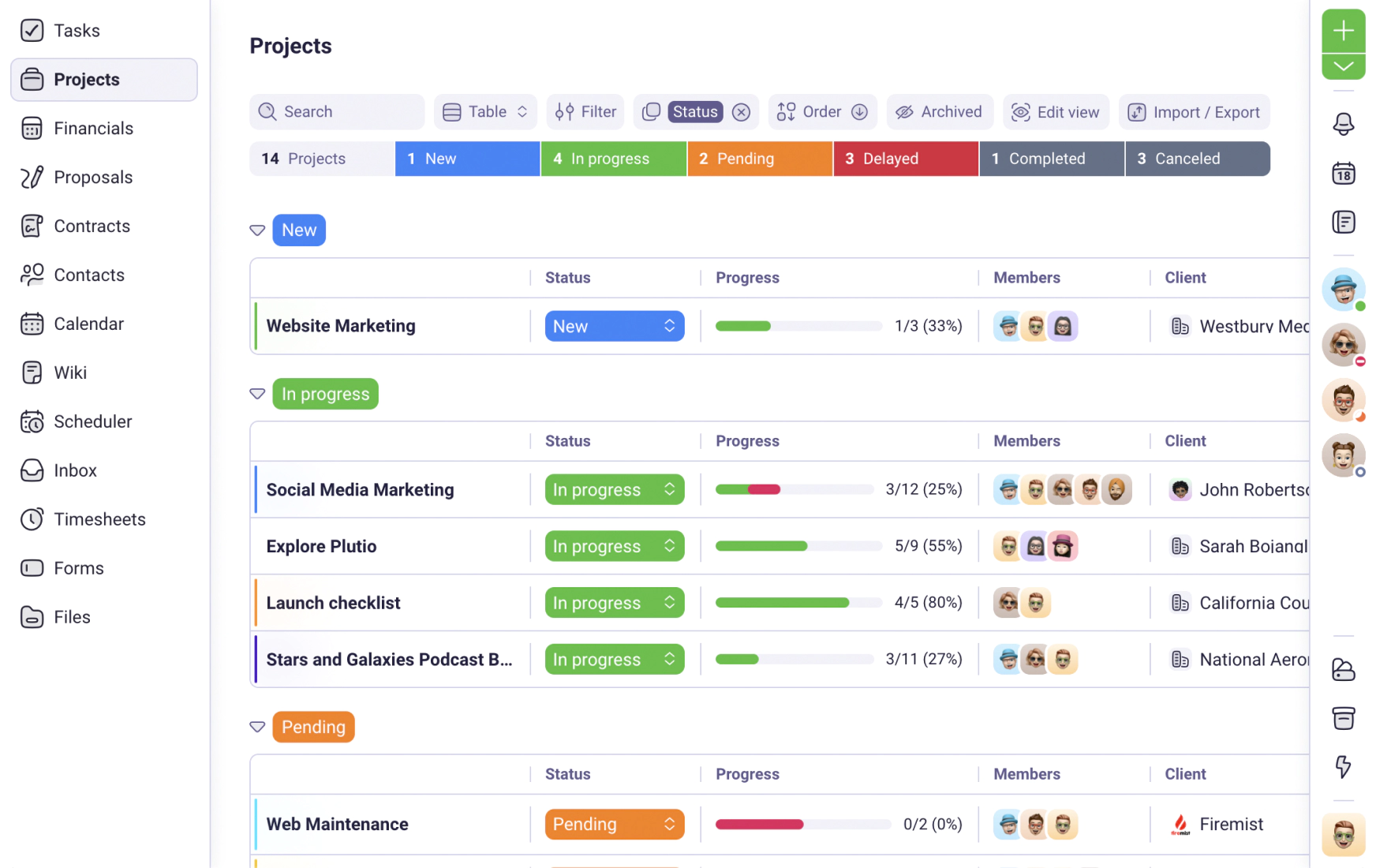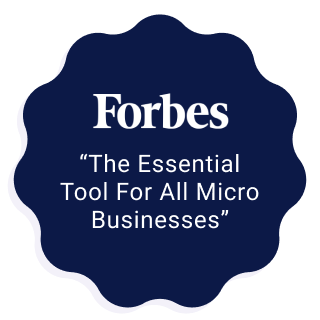We use cookies to personalise and enhance your experience.
The gig economy was virtually non-existent a decade ago. In a decade, freelancers have established themselves as viable - and in many cases - highly effective for small businesses and enterprises alike. And with the flexibility to work at your own time and who you want to work for, the freelancing community has exploded in a big way.

Now, the global freelance workforce is highly competitive and very crowded. You’ll need more than just your skills to stand out and land new clients in such a competitive marketplace. This means you’ll have to think long-term and start investing in your brand.
Let’s explore how you can create your brand as a freelancer and consequently spread the word about your offering.
Choose a Kickass Name for Your Business
Let’s start with the basics, the name of your business.
When it comes to naming, it is important to figure out whether to keep your name as your business name or have a different catchy name instead. The best way to go about this is through research.
Keyword research helps to know what your name will be competing against when it comes to search. Similarly, there’s no harm in asking friends and long-time clients what they think about your new business name choice. It’s always useful to get feedback from the market itself.
If you can’t come up with new names because of a brain-freeze, find some inspiration online!
Establish Your Social Media Presence
You can’t establish a personal brand if you don’t have a pervasive presence online. For freelancers, social media is quite possibly the most important channel for discovery, brand awareness, and getting new clients.
Take the time to unify your brand messaging and visuals across your social media profiles. That means updating your brand logo, tagline, and bio so that it is consistent.
Here are some specific tips for each platform –
- Thank clients for their work and support by tagging them in your posts.
- Share your big wins, accomplishments, and personal stories.
- Post updates about your project. Make it fun!
- Share your blog entries on Facebook as well.
- Share both your and your client’s stories through work on Instagram. This is a great way to humanize your brand.
- Encourage visitors to take a look at your portfolio by promoting your services. Don’t this too much though!
- Host giveaways, AMAs, and more to engage with your audience.
- Have at least 500 connections on LinkedIn. The wider your network the better, but make it meaningful.
- Optimize your profile with keywords around your niche.
- Similarly, have a link to your website or portfolio in the About section.
- Provide a balanced description of your work in the experience section. This section is super important as it showcases the work you’ve done.
- Share high-quality professional content that others will want to read and engage with.
- Always use your real name on Twitter to make it easier for people to find you.
- Post project updates and other fun stuff you’ve been working on, or consuming.
- Make a bio that truly reflects your personality and update it regularly with keywords and the latest about you.
Post on these social media channels regularly as well. You can always use scheduling tools like Buffer that can do most of the work for you with less effort.
Your Website Is Your Resume
Your website is your resume and your digital storefront. It’s your online business card that you can share freely and it is also the place where you tell your story. So, it is important.
In case you are not convinced that you need a website to create your freelancer personal brand, here are some reasons to convince you otherwise:
- In a crowded marketplace, you need your own digital real-estate. A website is the best way to do it to differentiate yourself from the crowd and establish credibility.
- Freelancer platforms and communities are great to showcase your work. But nothing beats your website in terms of the flexibility and control over the narrative that you can exercise.
- Prospects will take you more seriously if you have a website. A website projects authority and credibility.
- Your website is a direct communication line to you, without any middleman. Email, live chat, blog comments are all the ways clients can directly get in touch with you!
Now that you’re convinced, the next step is to develop your website and develop a visually striking one at that.
If you’re a photographer, make your photography the centerpiece of your website. If you’re a content writer, showcase some of your best work on the homepage.
The important part is to have your portfolio on your website followed by client testimonials as proof points. If you’re an active YouTuber, you can even embed your YouTube videos.
The key is to ensure that all of these elements are visually consistent, logical, and portray your unique story and capabilities.
You can do this and humanize your brand by having a brief bio about yourself that narrates your story and personal growth in your line of work. Your experiences and your inspirations. The more relatable you are the more likely prospects will want to work with you!
While tooting your own horn is great, you need to add credibility from third party sources as well. This can be in the form of client testimonials, media mentions, awards, and accomplishments. The more you can show the world that other people see you with credibility, the more they’ll believe you.
Lastly, while having a website is great, do not expect visitors to convert right away. Offer downloadables (like ebooks, reports, etc.) that are useful to your clients and capture their email in the process.
Use an email marketing tool like Mailchimp to nurture this audience - consistent visibility helps in nurturing your brand that accelerates the conversion process.
Have a Fool-Proof Content Strategy
As a freelancer, your work and the content you create is you. You might be working hard and getting many clients, but if you’re not telling that story to the world it is as good as existing in a vacuum.
It’s hard to underestimate how important content is when it comes to creating a personal brand. Content that you create yourself and content that you create in collaboration with others.
Have top-quality content in your portfolio and a brief description of each project. Don’t stop at saying “Hey, I’m a [insert occupation]”, talk about your accomplishments and achievements.
Similarly, clearly outline the challenges you’ve solved in your portfolio, the types of businesses you’ve catered to, and the impact you created for your clients. In-depth and highly detailed work details might be a bit too much, structure your portfolio to have a simple problem-solution-outcome concept.
Smartly seek out other content creators you can collaborate with. This might be a guest blog or a joint webinar. Working with other esteemed professionals in your niche can add to your thought leadership within your line of work.
Your story is told not just through the written word but also via visuals. Invest in quality visuals not just for your work, but also for your portfolio, the content you put out on social media or even emails that you send to prospective clients.
Takeaway
Your brand is a narrative that you are in control of. With an influential brand, you can supercharge your growth as a freelancer and open up opportunities for yourself that you didn’t know existed!
Have you tried Plutio yet?
The only app you need to run your business and get work done.
Try Plutio for FREESupercharge your business
The complete toolkit to run your business
The intuitive all-in-one solution to manage and collaborate on projects, share files, build forms, create proposals, get paid, and automate your workflow.
No credit card required


